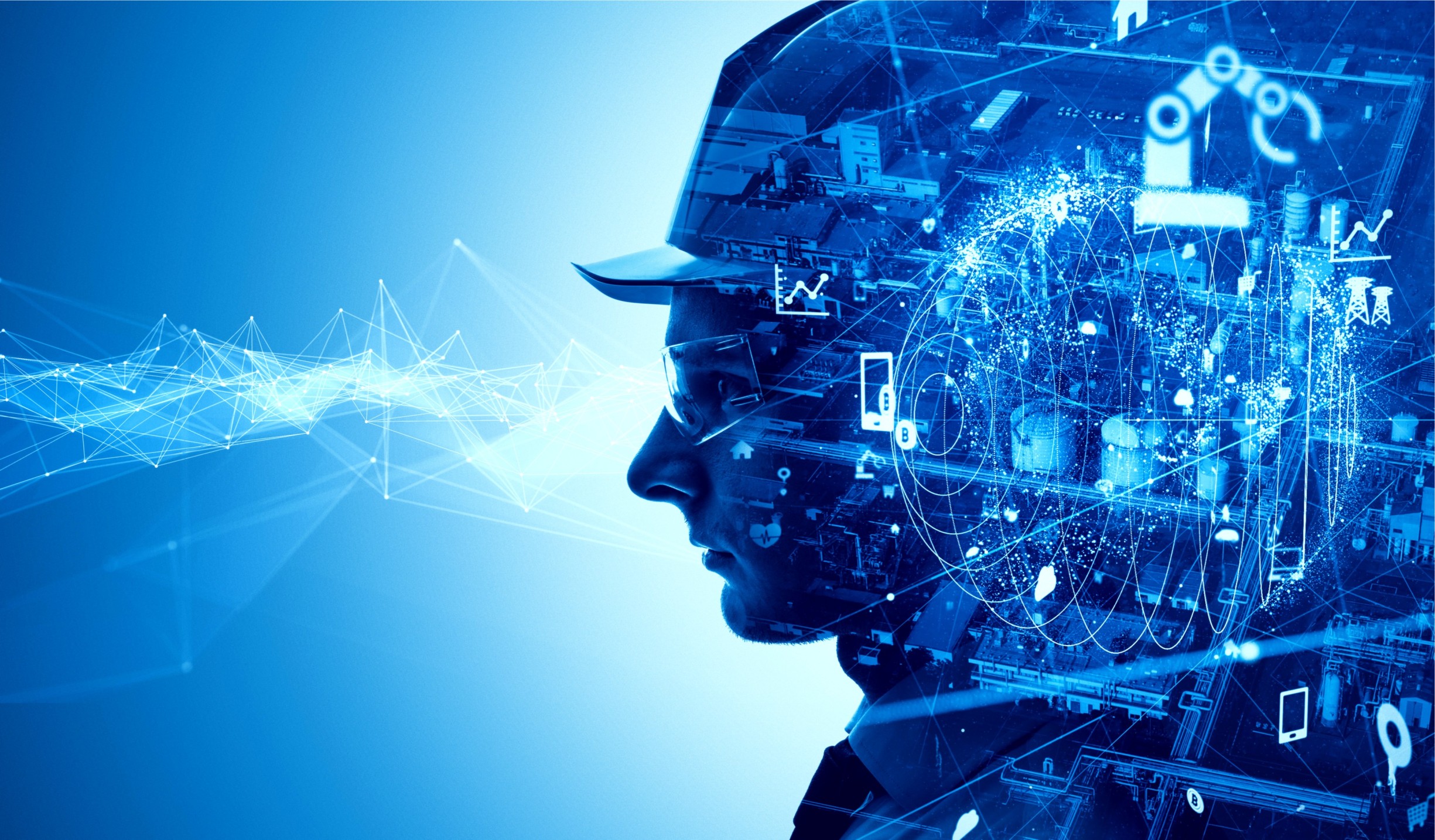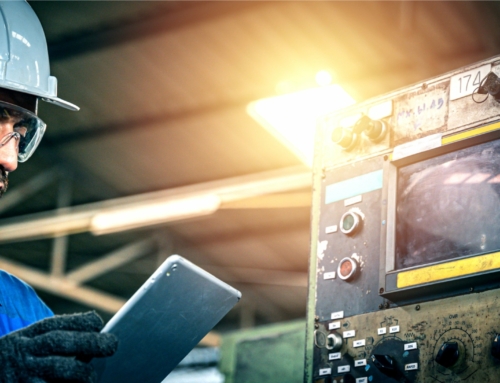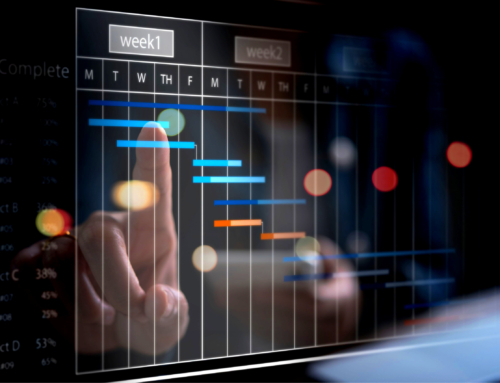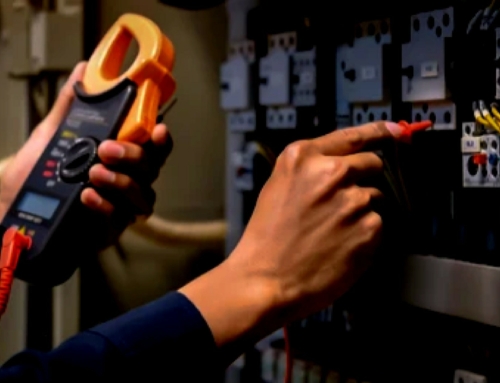So much science fiction from the 1960s, 70s and 80s has become science fact today. Shows such as Star Trek showed us wearable technology, mobile communications and virtual reality – all things that the technician of the future, or even today, can take advantage of.
Underpinning almost every emerging field service technology is data. Over the coming years field service technicians will have access to more data than ever before. Much of this will come from the Internet of Things. These are sensors, actuators and other relatively small devices that collect and create vast amounts of data.
For example, a sensor can read the speed of a fan as it operates. But another can measure whether there is excessive movement in that rotation, if the speed exceeds specifications, if it’s too noisy or if it is running too hot. All that data can be sent to the technician before they arrive on site. Whereas in the past they might have received a service request about a defective fan, they can arrive on-site armed with a diagnosis.
We can take this a step further. Artificial intelligence and machine learning can take that data and give that technician a report listing likely causes of the problem. Rather than looking at each measurement in isolation, it can put the observations together and assist the technician by narrowing down the potential causes.
As the worker enters the site, sensors in their glasses, on safety helmets and wearable devices will scan the environment for potential hazards such as gas leaks, dangerous fumes or excessive heat.
In order to rectify the issue with the fan, the field service worker might need to disassemble a larger piece of equipment. If that fan is part of an air-conditioning in a large building, they are likely to have to remove covers and other components to reach the fan. This is where augmented reality (AR) comes to the fore.
The technician can put on a pair of AR glasses – as a bonus they will also double up as a PPE, protecting the worker’s eyes as they work. When they look at the machine, the glasses will show them an exploded view of the machine so they can see what needs to be removed. An earpiece attached to the glasses will provide audible instructions to complement the images the technician sees.
Those images and instructions rely on schematics and instructions. And that is data that is pulled together and maintained by experts who ensure the system is accurate and that the instructions have been properly field tested.
As well as repair tasks, advances in robotics can help technicians to work more safely. Before workers are dispatched to potentially hazardous situations, they can complete realistic simulations so they are properly trained. Like pilots with flight simulators, virtual reality and AR will be used to give technicians practical training that doesn’t compromise their safety.
In situations where it can be challenging or dangerous to send people, robots might be used to assist. A technician may send a small robot into a confined space and control it remotely to make a repair or collect more information. And developments in prosthetics used by medical professionals may lead to exoskeleton suits that enable field service workers to lift heavy objects or be protected from dangerous situations.
There will always be a need for human experts to work in the field to ensure the machines we depend on work correctly and are repaired should there be a failure. Emerging technologies such as IoT, AR, virtual reality and robots aren’t going to replace field service workers. They will help make them more efficient and keep them safer.





